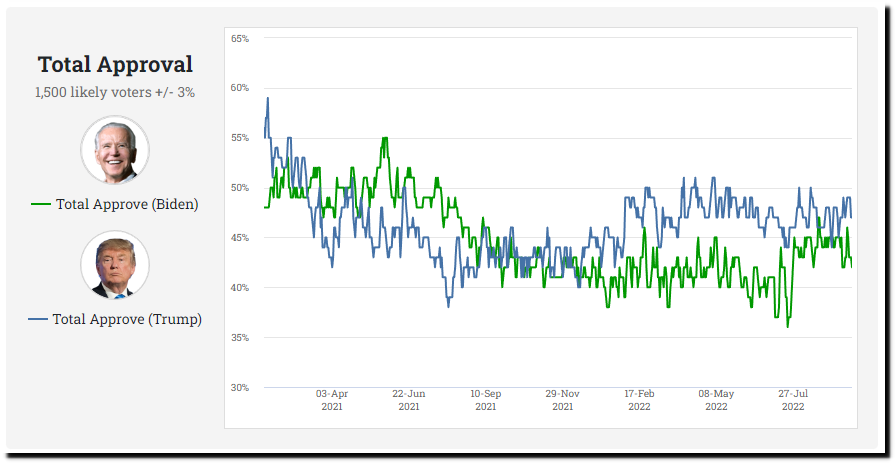Disrupting the Borg is expensive and time consuming!
Google Search
-
Recent Posts
- “Why Do You Resist?”
- Climate Attribution Model
- Fact Checking NASA
- Fact Checking Grok
- Fact Checking The New York Times
- New Visitech Features
- Ice-Free Arctic By 2014
- Debt-Free US Treasury Forecast
- Analyzing Big City Crime (Part 2)
- Analyzing Big City Crime
- UK Migration Caused By Global Warming
- Climate Attribution In Greece
- “Brown: ’50 days to save world'”
- The Catastrophic Influence of Bovine Methane Emissions on Extraterrestrial Climate Patterns
- Posting On X
- Seventeen Years Of Fun
- The Importance Of Good Tools
- Temperature Shifts At Blue Hill, MA
- CO2²
- Time Of Observation Bias
- Climate Scamming For Profit
- Climate Scamming For Profit
- Back To The Future
- “records going back to 1961”
- Analyzing Rainfall At Asheville
January 2026 M T W T F S S 1 2 3 4 5 6 7 8 9 10 11 12 13 14 15 16 17 18 19 20 21 22 23 24 25 26 27 28 29 30 31 Recent Comments
- Bob G on “Why Do You Resist?”
- conrad ziefle on “Why Do You Resist?”
- conrad ziefle on Climate Attribution Model
- Bob G on “Why Do You Resist?”
- Bob G on Fact Checking NASA
- Bob G on Fact Checking NASA
- Ohio Cyclist on Fact Checking NASA
- Bob G on Fact Checking NASA
- Bob G on Fact Checking NASA
- Bob G on Fact Checking NASA
Tim Ball Receives the Lifetime Achievement in Climate Science Award
Posted in Uncategorized
Leave a comment
“Is the North Pole going to melt entirely?”
“Daily Mercury (Mackay, Qld. : 1906 – 1954), Saturday 7 April 1923, page 9
NORTH POLE MELTING.
MANY GLACIERS VANISHED.
Is the North Pole going to melt entirely? Are the Arctic regions warming up, with the prospect of a great climatic change in that part of the world?
Science is asking these questions (says “Popular Science Siftings”). Reports from fishermen, seal hunters, and explorers who sail the seas around Spitsbergen and the eastern Arctic all point to a radical change in climatic conditions, with hitherto unheard-of high temperatures on that part of the earth’s surface. Observations to that effect have covered the last five years during which the warmth has been steadily increasing. In August the Norwegian Department of Commerce sent an expedition to Spitzbergen and Bear island under the leadership of Dr. Adolf Hoel, professor of geology in the University of Christiania, the object in view being to survey and chart areas productive of coal and other minerals. The expedition sailed as far north as 81 deg. 29 min. N. latitude in ice free water. Such a thing, hitherto, would have been deemed im-possible. The United States Consul at Bergen, Norway, Mr. Ifft, also reports the recent extraordinary warmth in the Arctic. He quotes incidentally the statements of Captain Martin Ingebrigstsen, a mariner who sailed those seas for 54 years. The captain says that he first noted an annual warmth in 1918; and since then temperatures have risen steadily higher. Today the eastern Arctic
is “hardly recognisable as the same region of 1868 to 1917.” Many of the old landmarks are greatly altered, or no longer exist. Where formerly there were great masses of ice, these have melted away leaving behind them accumulations of earth and stones such as geologists call “moraines.” At many points where glaciers extend far into the sea half a dozen years ago they have now entirely disappeared. The change in temperature has brought great changes in the plant and animal life of the Arctic. Formerly vast shoals of whitefish were found in the waters round Spitzbergen, but last summer the fishermen sought them in vain. Seals Disappear. Seals which used to be plentiful in those seas, have almost entirely dis-appeared. It would seem as if the ocean must have become uncomfortably warm for some of its denizens which formerly frequented those latitudes, causing them to flock north ward towards the Pole. On the other hand other kinds of fishes, hitherto unknown so far north have made their appearance. Shoals of smelt have arrived, and immense schools of herring are reported by fishermen along the west coast of Spitzbergen. Formerly the waters about Spitzbergen have held an even summer temperature in the neighborhood of 5 degrees above freezing. This year it rose as high as 28 degrees. Last winter the ocean did not freeze over even on the north coast of Spitzbergen. This is on the authority of Dr. Hoel. This state of affairs is a cause of much surprise and even astonishment to scientists, who wonder whether the change is merely temporary or the beginning of a great alteration of the climatic conditions in the Arctic, with consequent melting of the polar ice sheet.”
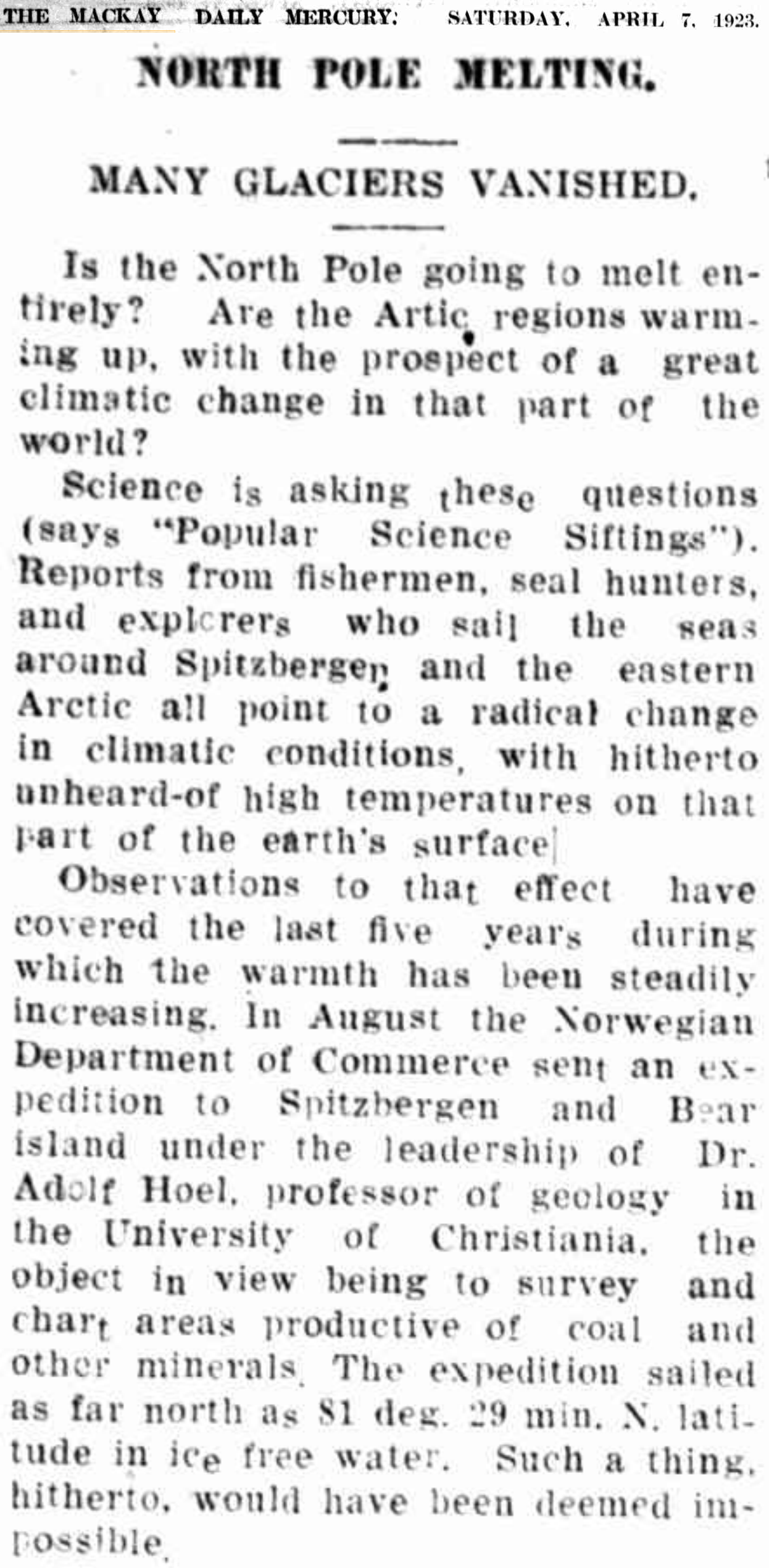
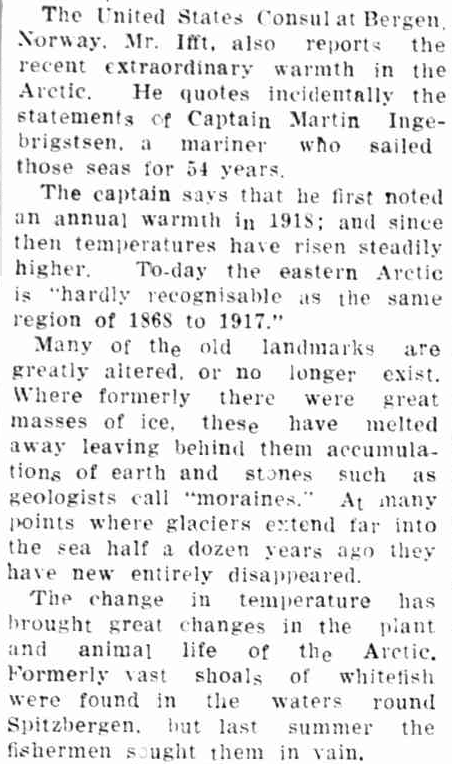
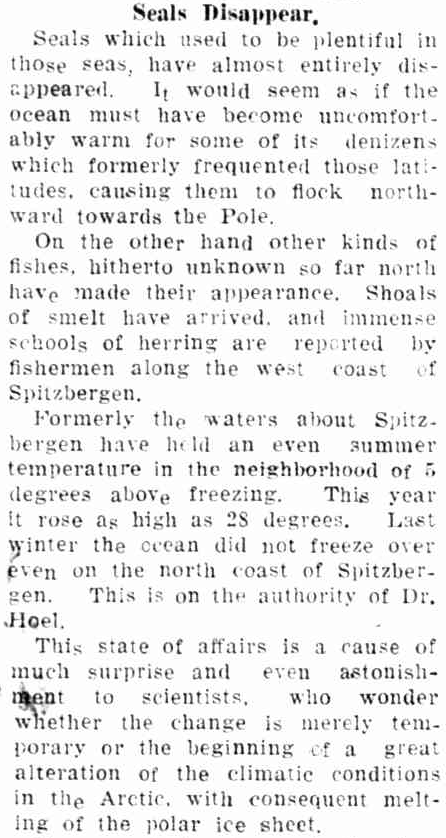
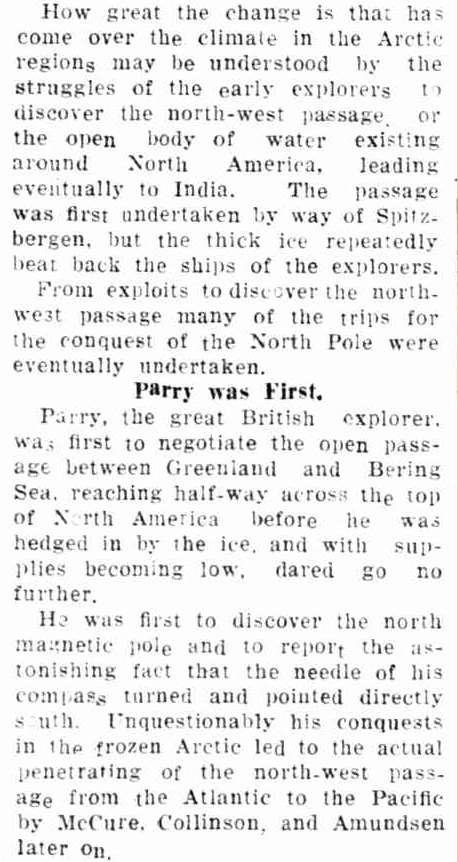
Posted in Uncategorized
Leave a comment
“climate change prevention”
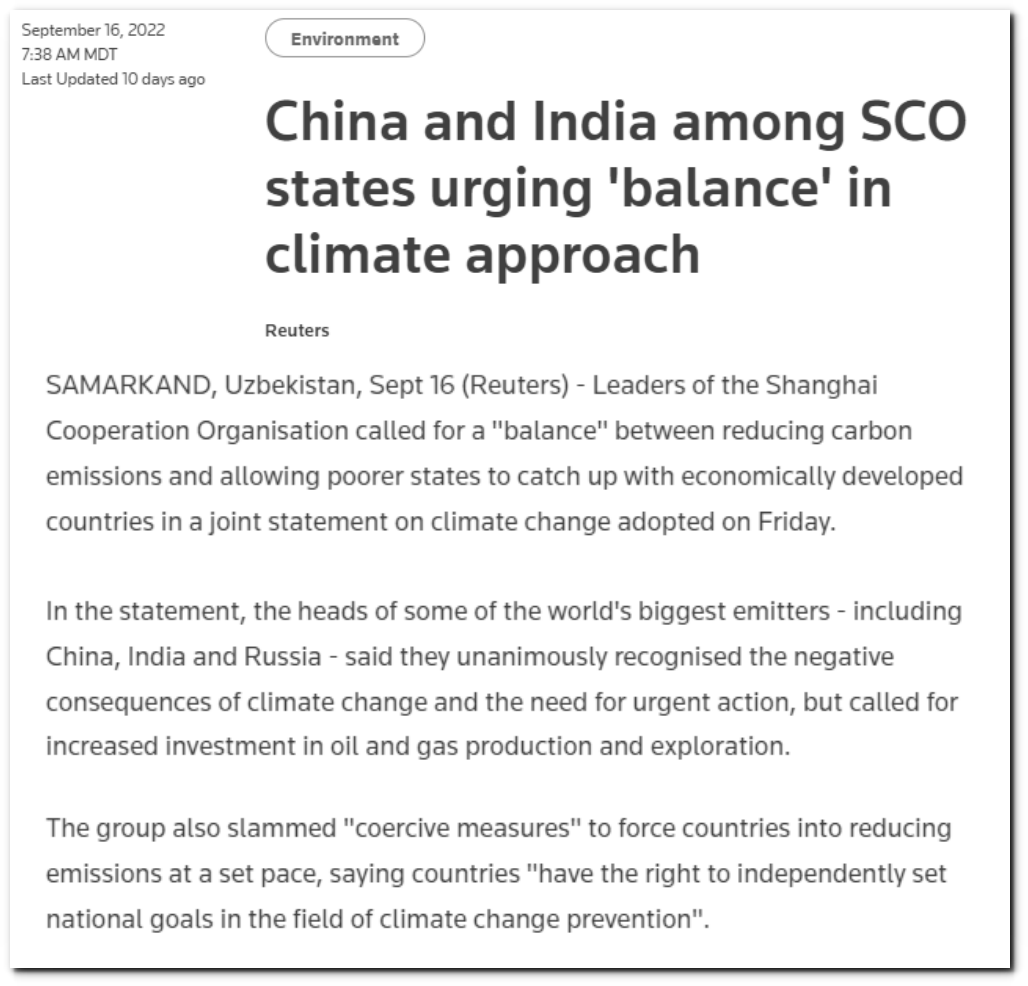
China and India among SCO states urging ‘balance’ in climate approach | Reuters
” they unanimously recognised the negative consequences of climate change and the need for urgent action, but called for increased investment in oil and gas production and exploration.”
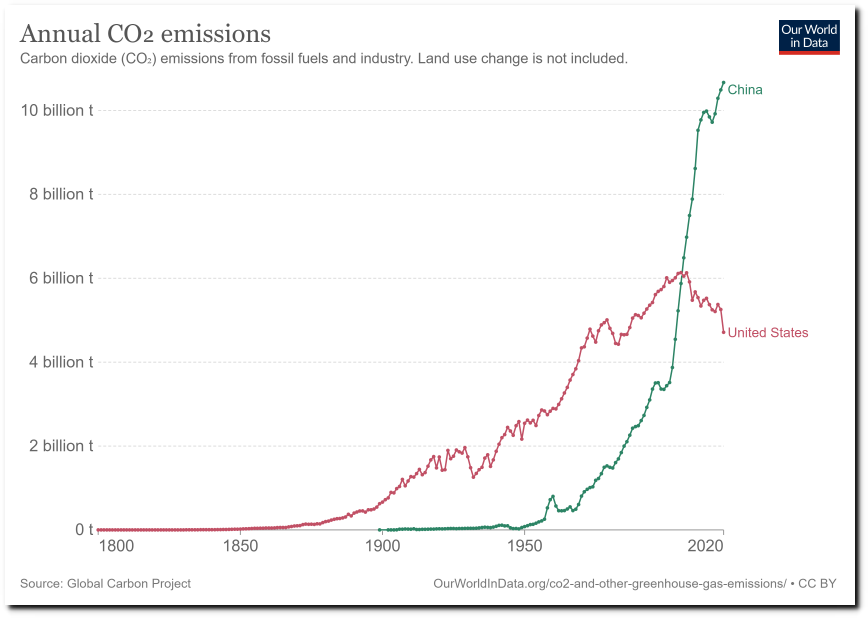
Posted in Uncategorized
Leave a comment
Snatching Defeat From The Jaws Of Victory
In early July Republicans held a huge polling lead with near certainty of capturing both houses of Congress. Then the Supreme Court overturned Roe vs. Wade and polls jumped for the Democrats. Apparently it didn’t occur to the “conservative majority” on the Supreme Court to wait until after the election for any controversial decisions.
Posted in Uncategorized
Leave a comment
Michael Mann’s Million Dollar Theft
Besides all of his other crimes against science and humanity, one of Michael Mann’s worst offenses was his failure to reimburse Tim Ball for legal costs following Mann’s frivolous lawsuit. Ten years of litigation ruined Tim Ball’s health and depleted his finances.
Mann’s lawyer agreed that Mann would reimburse legal costs, but three years later Michael Mann hasn’t paid a penny. There will be a Go Fund Me account set up shortly to help the family.
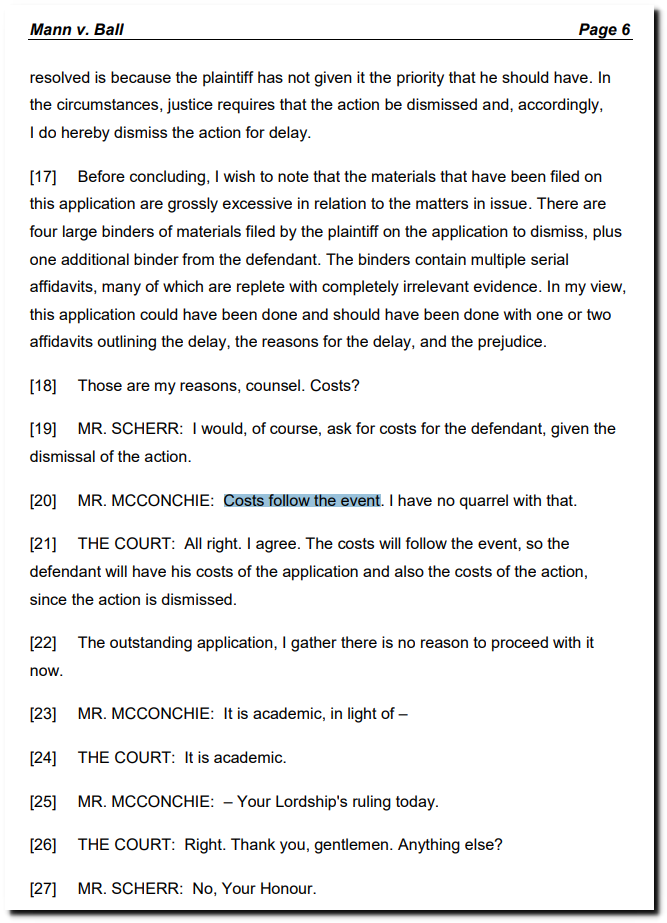
Mark Steyn did an excellent write-up discussing this.
Posted in Uncategorized
Leave a comment
California Flunks Chemistry
It appears California Governor Newsom may have slept through his primary school science lessons.
Posted in Uncategorized
Leave a comment
Mobilizing Against The Climate Crisis
We spent the weekend exploring the unprecedented western megadrought – which King Charles says we need a WWII style mobilization to defeat.
Posted in Uncategorized
Leave a comment
Greenland Glaciers Nearing Catastrophe
“Examiner (Launceston, Tas. : 1900 – 1954), Thursday 1 February 1940, page 9
GREENLAND GLACIERS MELTING Is the Arctic climate becoming more temperate? Remarkable new information, given by the famous Swedish authority, Professor H. Wilson Ahlmann, in a lecture to the Swedish Geographical Society, suggests that this may be the case.
Professor Ahlmann was speaking on the collated results of his expedition last summer to north-east Greenland, where he has been making glaciological studies on Clavering Island, in connection with his earlier researches in the most northerly parts of the Atlantic. The address was given before a brilliant assembly of scientists, and was illustrated by an array of magnificent colour photographs.
Professor Ahlmann stated that the glaciers of northeast Greenland show clear signs of a change towards a warmer climate. As has been observed in other parts of the Arctic, especially in Spitzbergen, the melting has increased rapidly. All, or at any rate by far the largest number of local glaciers in north-east Greenland have receded very greatly during recent decades, and it would not be exaggerating to say that these glaciers are nearing a catastrophe. “
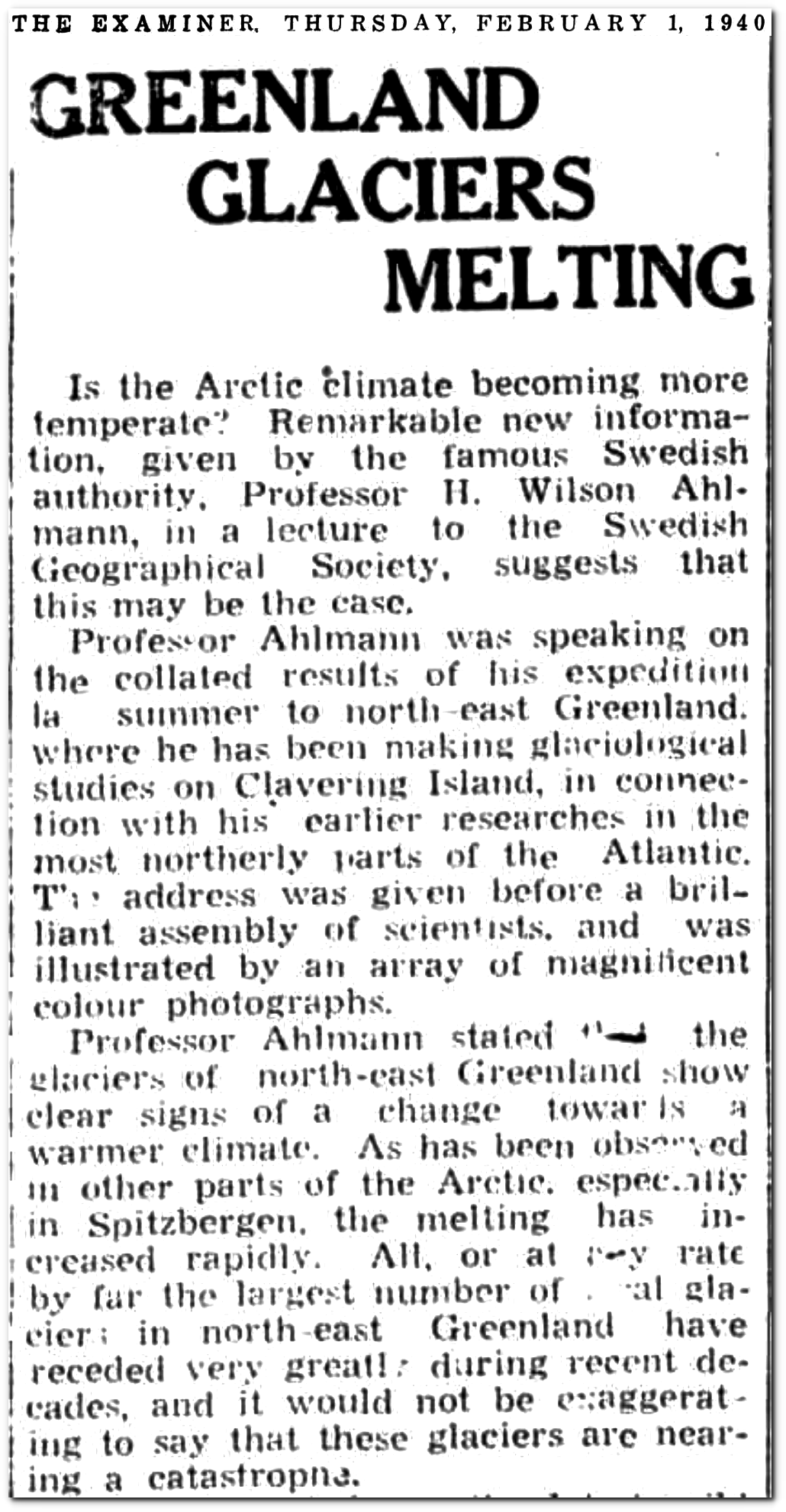
01 Feb 1940 – GREENLAND GLACIERS MELTING – Trove
According to NASA, this was occurring during the coldest decades on record.
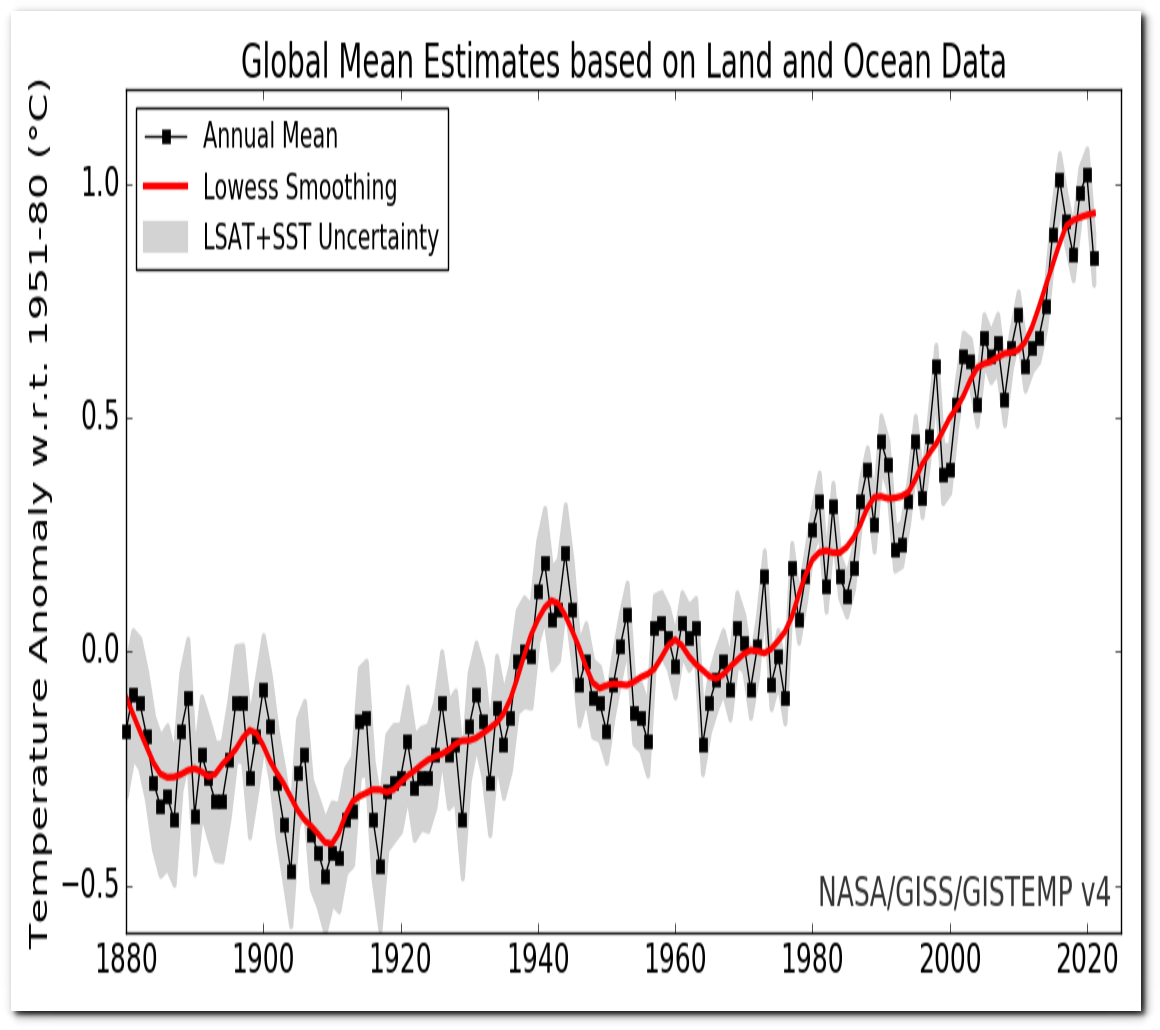
Posted in Uncategorized
Leave a comment
YouTube Clown Show (Part 3)
Over the past two years my subscriber count on YouTube has increased by 30%, while my number of daily views is down 90%. This correlates with demands for censorship from the Climate Industrial Complex.
Posted in Uncategorized
Leave a comment
Historic Media Megadrought
Some more spectacular fake news about weather and climate from “Yahoo News.”
Posted in Uncategorized
Leave a comment

